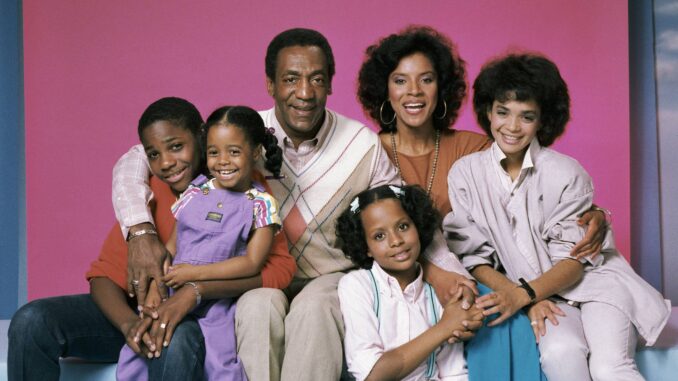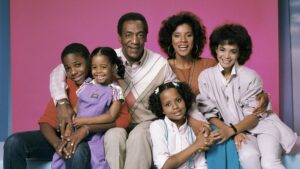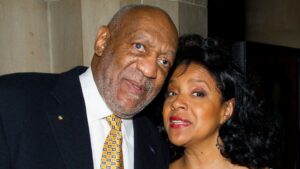
TV’s Black World Turns – But Stays Unreal

This is a digitized version of an article from The Times’s print archive, before the start of online publication in 1996. To preserve these articles as they originally appeared, The Times does not alter, edit or update them.
Occasionally the digitization process introduces transcription errors or other problems; we are continuing to work to improve these archived versions.
There is a telling moment in the 1986 film ”Soul Man” when a young man explains to a friend why he has decided to down a bottle of tanning pills and turn himself black. The friend is skeptical: What’s it actually going to be like, being black?
”It’s gonna be great,” the hero assures him. ”These are the 80’s, man. This is the ‘Cosby’ decade. America loves black people.”
Alas, he soon discovers the gulf that separates the images of black people he sees on television and the reality that blacks experience every day.

Even black Americans sometimes need to be reminded about the deceptiveness of television. Blacks retain their fascination with black characters on TV: Many of us buy Jet magazine primarily to read its weekly television feature, which lists every black character (major or minor) to be seen on the screen that week. Yet our fixation with the presence of black characters on TV has blinded us to an important fact that ”Cosby,” which began in 1984, and its offshoots over the years demonstrate convincingly: There is very little connection between the social status of black Americans and the fabricated images of black people that Americans consume each day. Moreover, the representations of blacks on TV is a very poor index to our social advancement or political progress.
